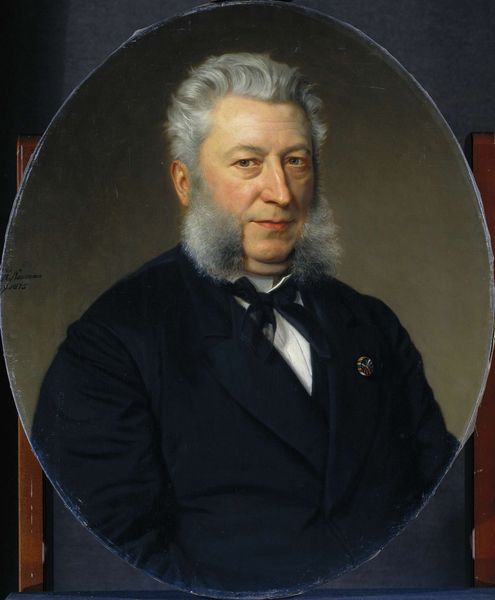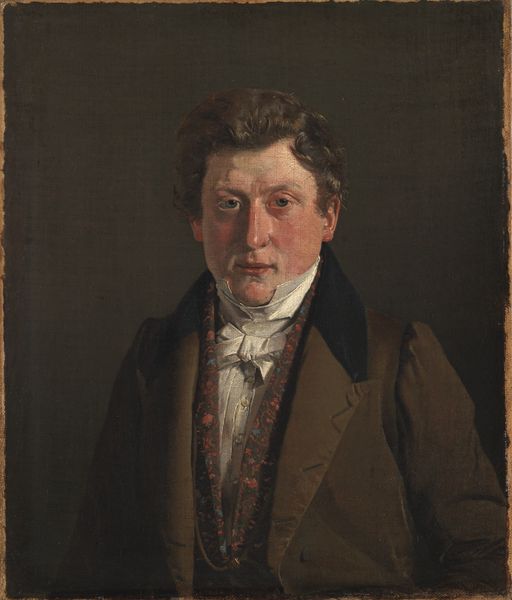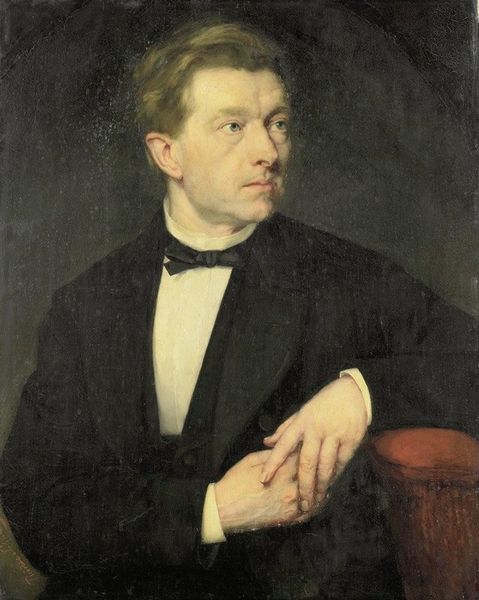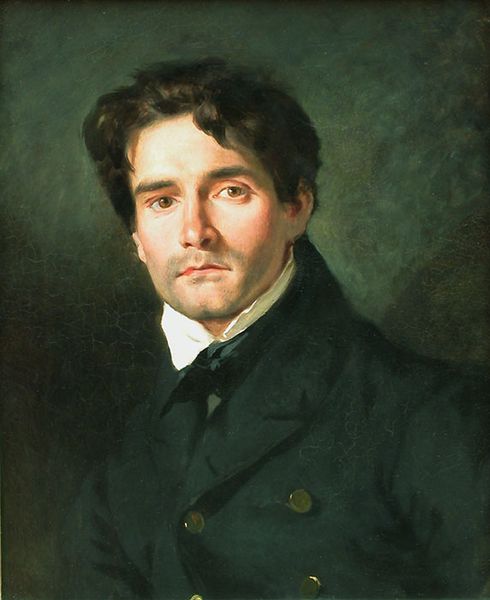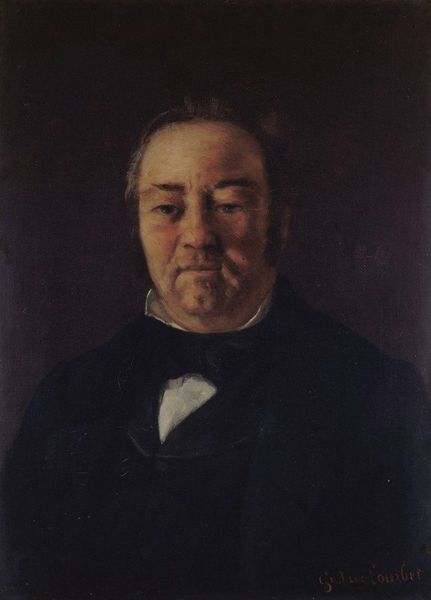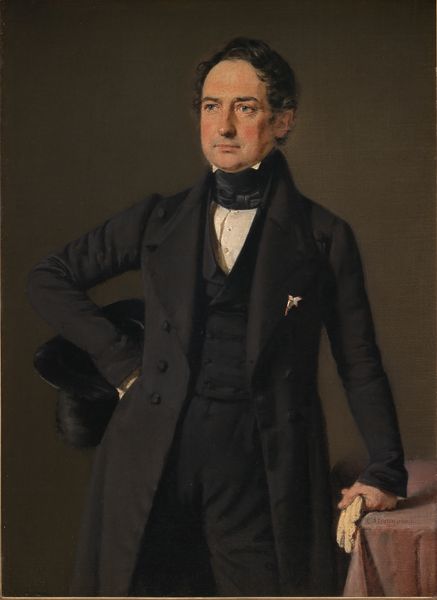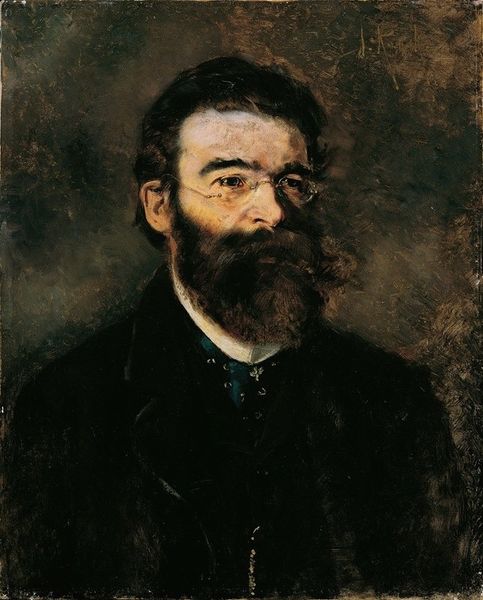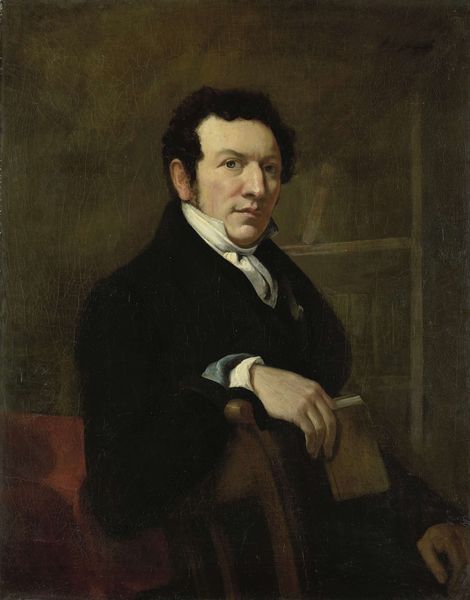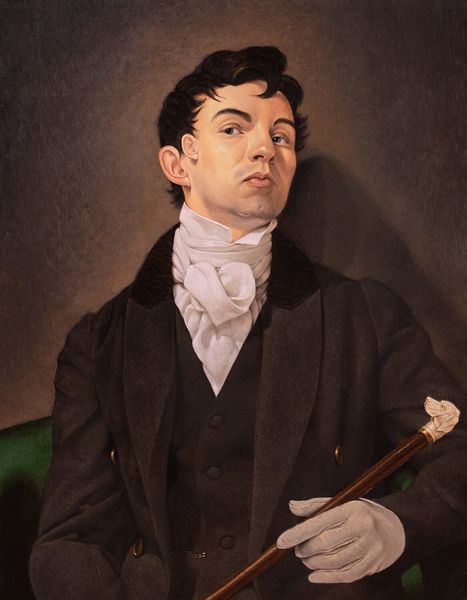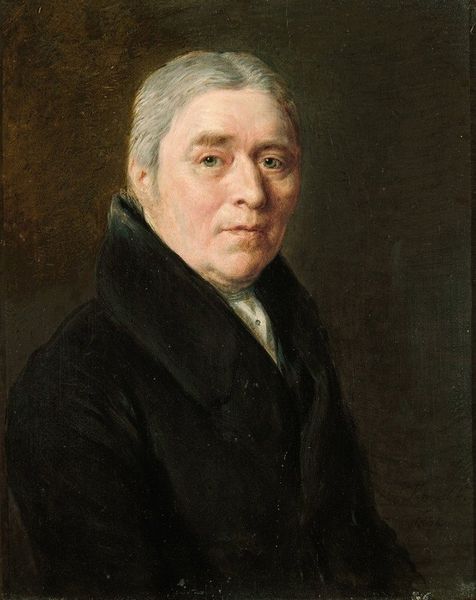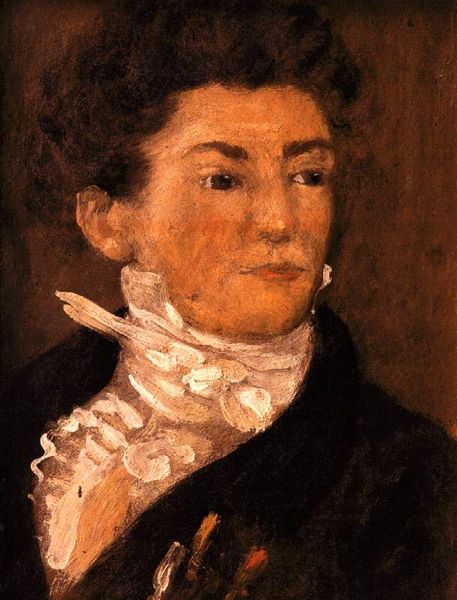
oil-paint
#
portrait
#
oil-paint
#
academic-art
#
modernism
#
realism
Copyright: Public domain
Curator: Looking at this arresting portrait by Thomas Eakins, from 1880, what’s your first impression? The subject is General George Cadwalader. Editor: Stark. Almost confrontational. The lighting feels harsh, casting deep shadows that emphasize the gravity in his expression. He's not idealized. Curator: Eakins had a commitment to realism that was unflinching. Portraits weren’t about flattering the sitter but about capturing something truthful. The portrait shows Cadwalader, who was a prominent figure in Philadelphia society. The symbols and color scheme offer a deep understanding into his character. Editor: That honesty is evident. Think about what was expected of portraiture during this period: powerful men, softened lines, an idealized gaze. Eakins throws all of that away, presenting us with a very human figure who clearly bears the weight of experience. And of the times! Let’s not forget the portrait was done almost 15 years after the end of the Civil War, in which he served. Curator: True. In art, black symbolizes power, death, or mourning. In Western cultures, black also symbolizes seriousness, formality, and conventionality. This adds up to understanding Cadwalader’s character and Eakins’s perception about him. The dark palette does amplify that. Editor: Absolutely. I am really stuck on what his service record might represent as trauma. Look at those piercing eyes, and the way Eakins renders the lines etched on his face. This isn’t a glorification of war, but a meditation on its impact on the individual. There is a great deal of discussion regarding veterans and PTSD in the modern age, however, one cannot deny such battles of internal conflict plagued even the greatest military figures of generations before. Curator: Precisely, in rendering what we perceive as the horrors of war onto the sitter through symbolism, it forces the viewer to feel as if they have known Cadwalader intimately. The continuity of this narrative through the image is striking. It also prompts us to question conventional heroism. The artist does not aim to paint a god, but a man. Editor: Well, for me, situating this artwork within its historical context transforms a portrait into an accusation—perhaps the artist sought for all of us to think on these critical conversations around war and power. What begins as Cadwalader's burden, through art, becomes ours. Curator: Ultimately, Eakins shows how powerful visual symbols combine with cultural understanding and deep context to tell an incredibly humane story.
Comments
No comments
Be the first to comment and join the conversation on the ultimate creative platform.

